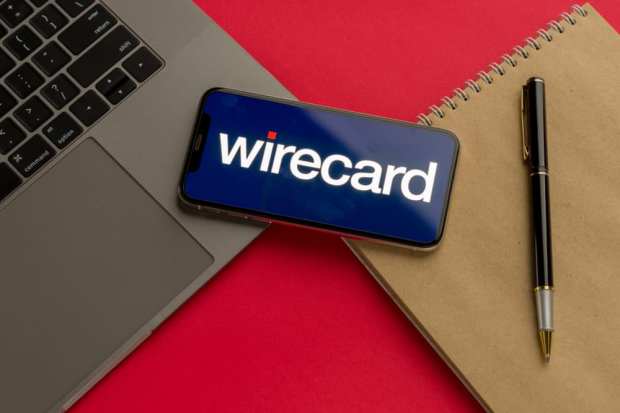Wirecard, Enron And Warning Signs Across Two Decades

Author George Santayana famously wrote: “Those who cannot remember the past are condemned to repeat it.” And Mark Twain once wrote: “History doesn’t repeat itself, but it often rhymes.”
Might we form a couplet from Enron to mark the beginning of the millennium and Wirecard to mark the end of the 2010s?
As things now stand, Wirecard is shaping up to be one of the biggest financial frauds in years, drawing at least some comparisons to Enron from decades past. They are different industries, to be sure — Enron made its home (and grave) in energy, and Wirecard is a payments processor. But despite the disparate verticals, some of the warning signs echo.
Rocket ship stock prices? Sure. Wirecard shares were trading at the low single-digit euros a decade ago and were at high as 200 euros in 2018. Enron shares peaked at around $90 in the summer of 2000, having started the year at about $40.
Rapidly ascending stock prices belie optimism that the horizon (and profits) remain clear for companies.
Both firms promised to transform their industries. Wirecard, focused on online payments, in recent years created Boon, a mobile app payment system tied to Europe, and offered WeChat Pay to European merchants as recently as this year. Enron had its fingers in everything from natural gas to internet networking.
The alarm bells had sounded for both firms before things unraveled. For Wirecard, the roots to greater scrutiny over what was going on behind the scenes can be traced to an early 2019 Financial Times (FT) article that said the company had forged documents connected to Wirecard’s Asian business in a bid to mislead regulators.
Later coverage in the year reported that results at subsidiaries had been inflated. The New York Times noted on June 26 that stock research services targeting short sellers (who bet that prices will decline) had been signaling that Wirecard was a “house of cards.”
Then the swift downturn — and insolvency. Enron filed for bankruptcy in 2001 after accounting improprieties surfaced; much of the company’s business activities — logged as revenues and profits — had been done though special purpose entities (where it had ownership interests). Wirecard, according to FT in February 2019, had engaged in “round tripping.” Under that activity, the paper reported, money would leave Wirecard’s bank owned in Germany, “show its face on the balance sheet of a dormant subsidiary in Hong Kong, depart to sit momentarily in the books of an external ‘customer,’” then travel back to Wirecard’s India operations to be booked as revenue.
Most recently, Wirecard has said that roughly $2.1 billion account balances that cannot be traced “do not exist.”
The story still has legs, of course, as in recent weeks the Philippines central bank said there were no signs the $2.1 billion had been deposited in the first place. The banks cited — BDO Unibank Inc. and BPI — had been used to “mislead” investigators, according to the central bank.
Elsewhere as noted by The New York Times, independent research provider The Analyst, based in London (and where founding partner Mark Hiley branded Wirecard a “house of cards”) raised questions about Wirecard acquisitions of merchant acquirers and the financial performance of those acquisitions.
“When you looked at the local companies’ financial filings, you could see they were very small businesses, with very low revenue and limited profitability,” Hiley said, as quoted in the Times. “We were concerned: Why were they paying so much money for these small, barely profitable companies?”
And now Wirecard has filed for insolvency due in part to “over-indebtedness” as loans worth a cumulative 1.3 billion euros ($1.46 billion) come due as of July 1.
In some ways, at least in this tale of two spectacular rises and falls stretching across 2000 and 2020, history may not have repeated itself, but it sure has some familiar echoes.
Even if they don’t rhyme.
